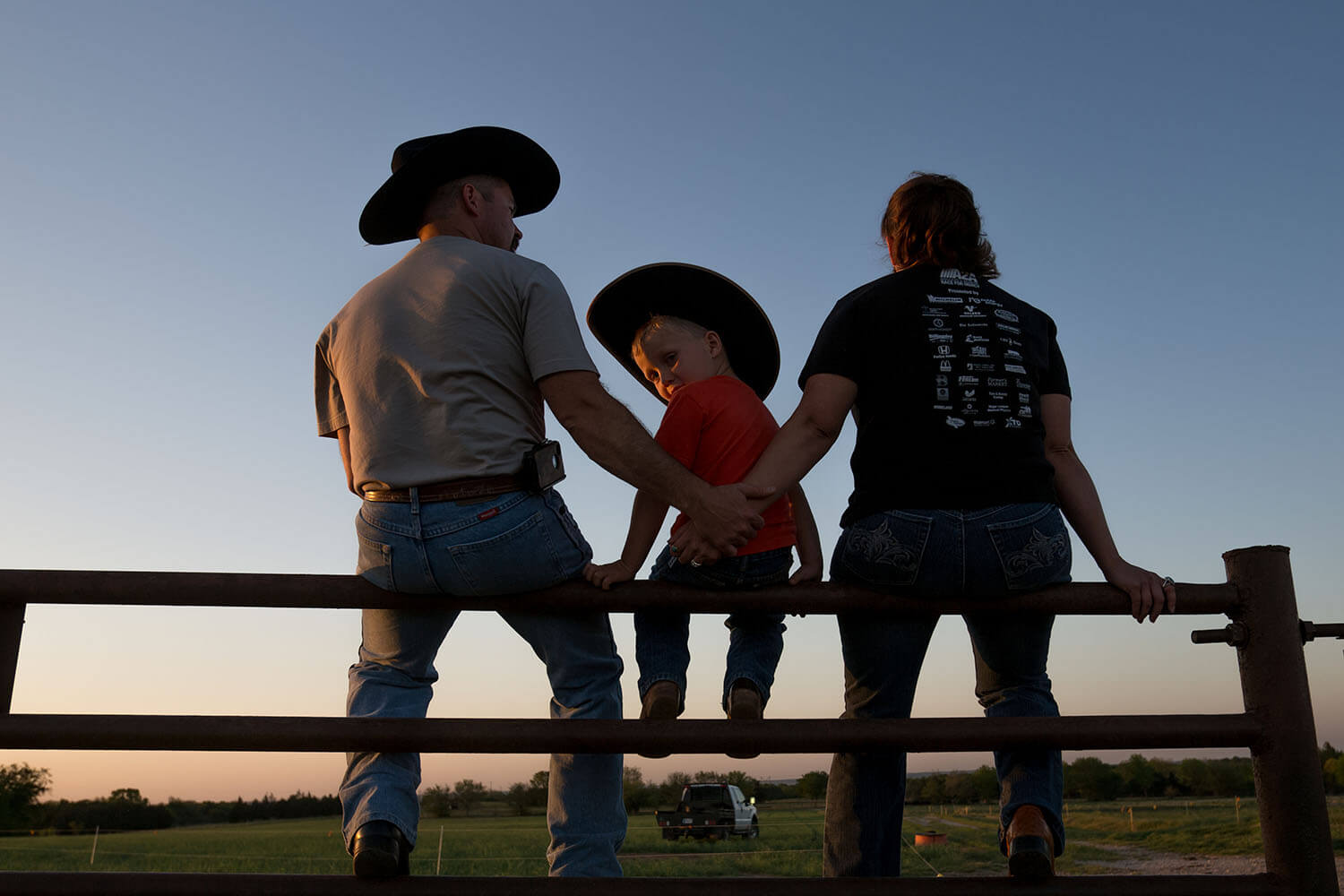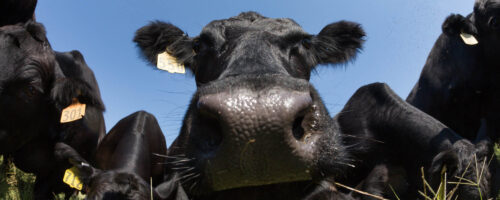Generational Flow: Replacing Farmers and Ranchers in the Family Farm
It is estimated that over the next five years, approximately 10 percent of the nation's lands will transition.
How to pass along a farming operation is a primary question farmers and ranchers think about from the time they take over from their family or start a new operation with the hope of growing multigenerational farm and ranch lands. As the average age of ownership continues an upward trend (from 50 years in 1982 to 58 years in 2012), there is a significantly important consideration in how transition will look between the current generation and the upcoming generation.
The USDA Agricultural Statistics Service Data (Figure 1) shows a significant trend in a shrinking number of replacement farmers and ranchers who are 55 years and younger. There has been much discussion surrounding this data and information.
Much of the discussion has focused on what types of support, consultation, programs and other supportive resources could help build those numbers so they are not dramatically significant. Something not immediately reflective in this data is an underlying complication in the availability of replacement farmers and ranchers in the 34- to 50-year-old age group that is related to a significant decrease in the size of this generation. Most people are surprised to know there are significant size differences in the number of individuals in each generation in the United States.

There are currently five defined generations alive in the United States. Their population sizes vary with three of the five generations being about the same and two being smaller (Figure 1). Currently, the oldest generation is referred to as the Silent or Greatest Generation; the newest generation is referred to as Generation Z, Generation Next or post-Millennial. Take note that Gen X is approximately 20 million less in birth than the baby-boom generation, and 10 million less in birth than the millennial generation. In a most basic breakdown, this implies there are less potential offspring to pass land to in a traditional transition pattern (parent to child) in the current transition where boomers will pass to Gen X.

If we take a side-by-side look at the ages these generations were in 2012 (Figure 3) during the last Agriculture Census and place their principal operator numbers into a generational context, we get a clearer and potentially troubling look at the true movement of land utilizing traditional transitions (parent to child).

All of these numbers can be put into context in that this is survey data and potentially not fully representative of true numbers. This can add to the potential that some of the information is absent in the survey of the true participation of younger transition farmers and ranchers. However, the birth dip in GenX does not fully eliminate that there are smaller generations between larger ones, which creates implications in the availability of families to transition directly from parent to child. Some transition plans might call for consideration of grandparent to grandchild.
Some of the potential upsides to this nontraditional shift in transition may be the increase in availability of lease or rent land as families wait for additional buy-in and workforces from younger generations returning to the farm or ranch. The 2017 Census of Agriculture might show a marked increase in secondary operators and lease operators. In addition, there might be an increase in the number of younger farmers and ranchers as the option to transition from grandparent to grandchild helps to bring in additional family into farm operations.

This data can help us understand where additional information, support and services can be provided to meet the needs of incoming farmers and ranchers as well as target opportunities for the recruitment of new farmers and ranchers to meet the obvious need to replace land managers, regardless of the transition type that will occur.
It is estimated that over the next five years, approximately 10 percent of the nation’s lands will transition. Many families will choose a nontraditional transition simply because available replacement farmers and ranchers are decreasing at a statistically significant level related to a lack of available numbers within the population.



Comment